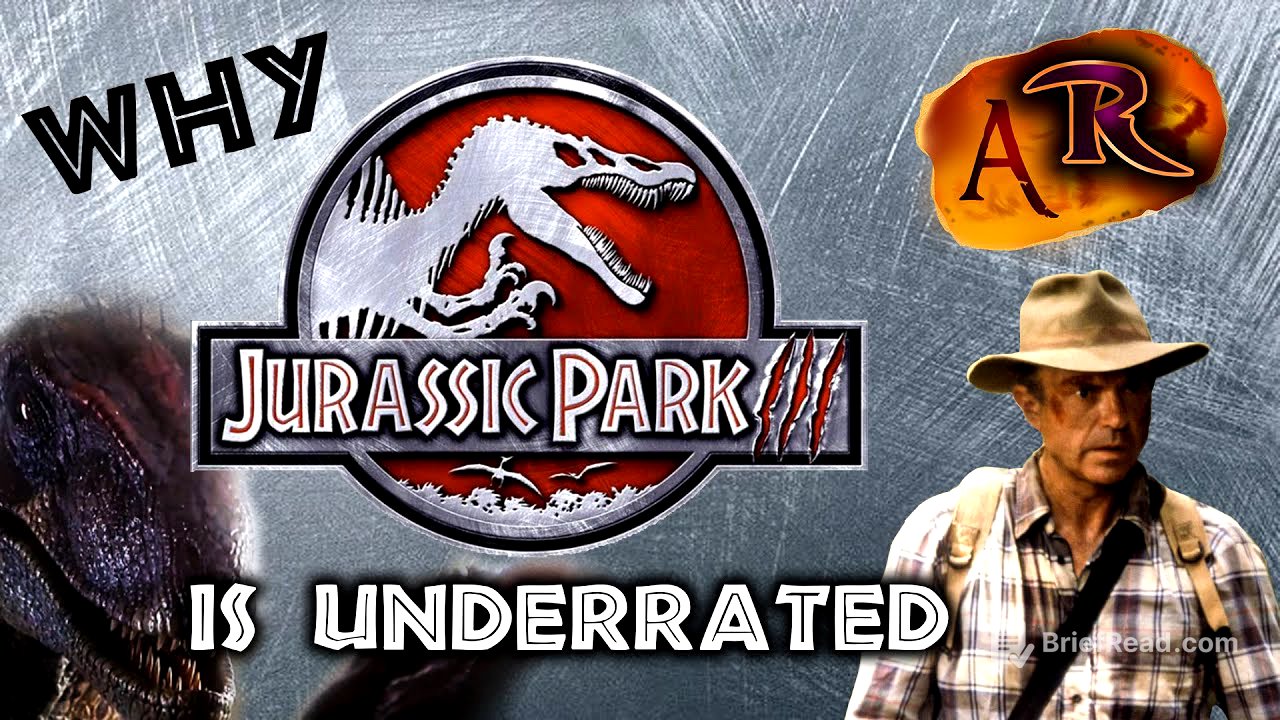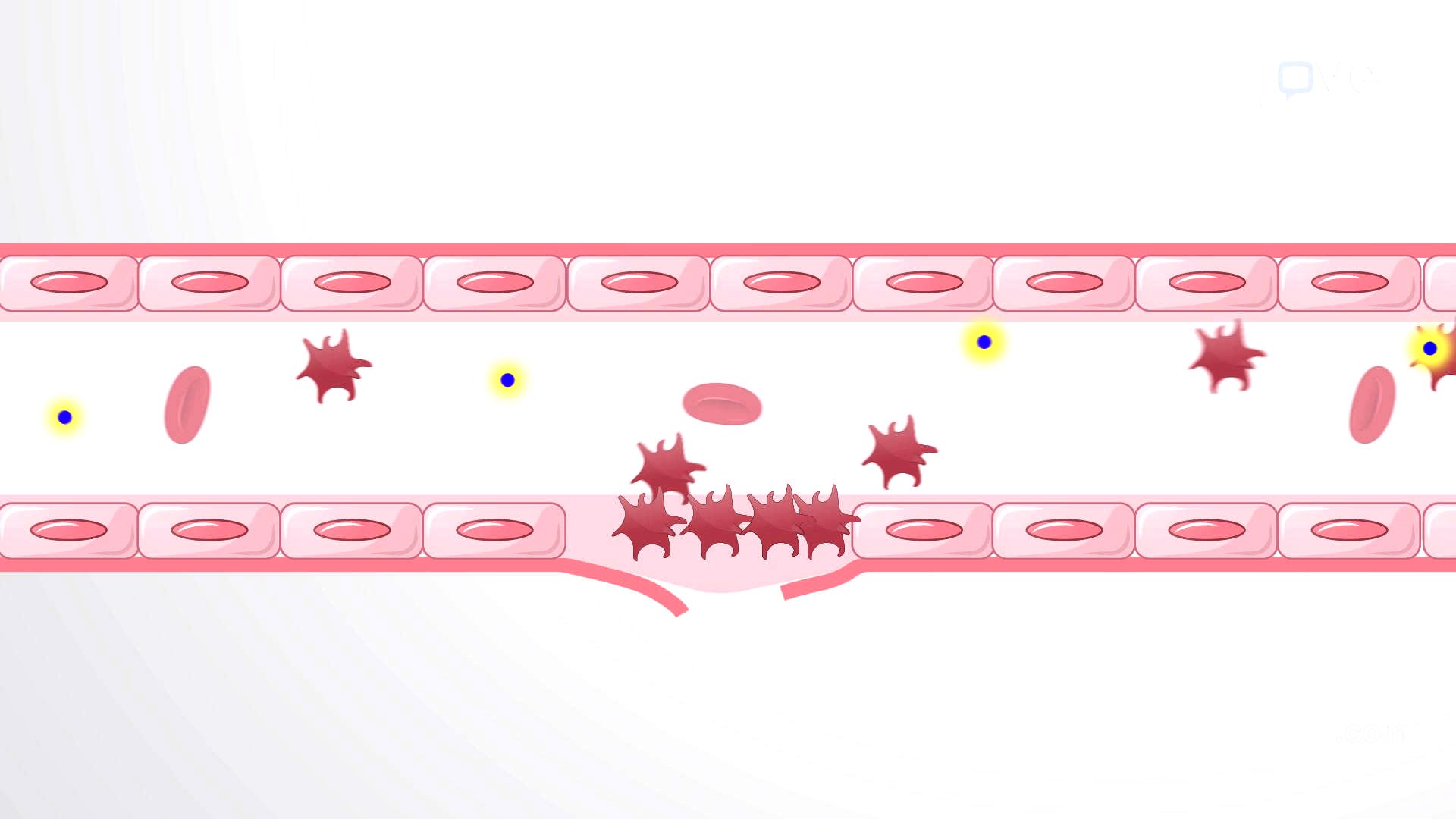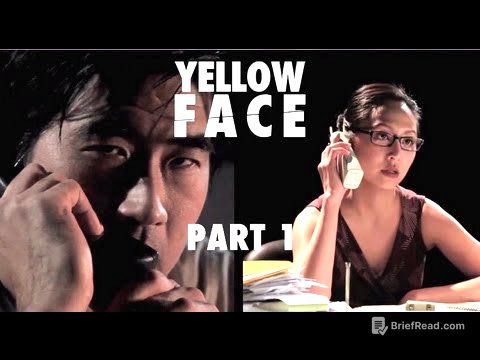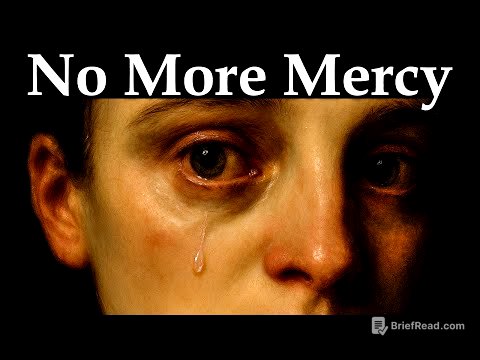TLDR;
This video is a retrospective review of Jurassic Park 3, defending it against common criticisms and highlighting its strengths. The author argues that the film is underrated, praising its fast-paced action, dinosaur designs, and musical score.
- The film is a worthy entry in the franchise, despite not being directed by Spielberg or based on Crichton's work.
- The dinosaur designs, particularly the Raptors and Spinosaurus, are among the best in the series.
- The musical score by Don Davis effectively incorporates John Williams' themes while adding original compositions.
Introduction: Why Jurassic Park 3 is Great [0:00]
The author expresses his love for Jurassic Park 3, acknowledging that while the first two movies are objectively superior, the third film is underrated. He notes that Jurassic Park is iconic and groundbreaking, while The Lost World: Jurassic Park is unique and dark. The author then lists several movies and TV shows that came out in 2001, the year Jurassic Park 3 was released, including The Lord of the Rings: The Fellowship of the Ring.
Setting and Tone [1:50]
Unlike the darker tone of The Lost World, Jurassic Park 3 is more similar in style to the original Jurassic Park, opting for a lush tropical rainforest setting reminiscent of Isla Nublar. The film was directed by Joe Johnson, who also directed Honey I Shrunk the Kids and Jumanji. Johnson had initially wanted to direct a sequel to Jurassic Park, but Spielberg offered him the third film instead. This makes it the first Jurassic movie not directed by Spielberg and the first with music primarily composed by Don Davis, who also did the music for The Matrix. The movie's story revolves around a young boy and his mom's current partner going missing on Isla Sorna.
Character Profiles: Alan Grant [4:06]
Sam Neill returns as Dr. Alan Grant, portrayed as more world-weary and viewing Jurassic Park as a theme park with monsters. Grant has returned to paleontology, digging up Velociraptor remains in Montana. He is bribed into going to Isla Sorna, despite having seemingly blocked out any mention of it. The author then discusses the infamous raptor dream sequence on the plane, suggesting it represents Grant's raptor-related PTSD. The raptors in this movie are male variants, a retcon to be the only version ever seen.
Character Profiles: Ellie Degler, Mark Degler, Billy Brennan [7:06]
Ellie Degler (formerly Satler) returns, now married to Mark Degler. The author appreciates the inclusion of Mark, as it resolves the issue of Alan and Ellie not being together, a plot point addressed in Dominion. Ellie plays a crucial role by sending help to rescue Alan. Mark and Ellie have two children, with their oldest son, Charlie, showing an interest in dinosaurs nurtured by Grant. Billy Brennan, Grant's friend and a budding paleontologist, uses new techniques to understand extinct animals. The author suggests that Billy should have been the antagonist, potentially working for Biosyn to steal raptor eggs.
Character Profiles: Paul and Amanda Kirby, Eric Kirby, and The Disposables [10:48]
William H. Macy plays Paul Kirby, a quirky paint and tile salesman who brings comedic timing and emotional moments to the film. Téa Leoni portrays Amanda Kirby, who the author admits is annoying but has redeeming moments through her love and protection of her family. Eric Kirby, the resourceful kid, is a compelling character whose scenes with Grant are enjoyable. Nash and Udesky are minor characters who serve as Spinosaurus and Raptor fodder, respectively.
Dinosaur Designs: Herbivores [16:21]
The author praises the dinosaur designs in Jurassic Park 3 as the best in the franchise, highlighting the intricate color palettes and how well they fit with the established designs from the previous films. He contrasts this with the Jurassic World movies, where herbivorous species are often dull and given too much screen time. The author notes the beautiful colors of the pythosaurus and ceratosaurus, which are underused in the franchise. He also discusses the designs of returning species like the Parasaurolophus, stegosaurus, and Brachiosaurus, as well as the addition of the ankylosaurus.
Dinosaur Designs: Raptors [19:26]
The Raptors in Jurassic Park 3 are described as the best movie Raptor designs ever made, with excellent sound design, colors, animations, and cunning. These Raptors pursue the humans for their eggs, making them more than just mindless killing machines. The author loves their bird-like appearance, elongated skulls, pupils, and the males' iconic quills. The Raptors are shown to have a complex communication system, and the resonating chamber is used to mimic their sounds.
Dinosaur Designs: Spinosaurus and T-Rex [21:36]
The Spinosaurus is the author's favorite dinosaur because of this movie, despite its inaccuracies. It is imposing and threatening, with an iconic roar. The T-Rex is only seen in one small scene, using the same model as the buck from The Lost World but with a more vibrant green coloration. The author criticizes Jack Horner's T-Rex scavenger theory, arguing that there is irrefutable proof that it was an active hunter.
The Controversial Battle and The Bird Cage [24:13]
The author defends the controversial T-Rex vs. Spinosaurus battle, calling it his favorite scene in the film. He argues that the Spinosaurus killing the T-Rex is not a problem and that the scene is beautifully animated. The bird cage scene, featuring pterosaurs, is described as the best pterosaur-related scene in the franchise, with a spooky build-up and creepy designs. The author loves the vibrant colors of the pterosaur designs and their unique sounds.
Music and Sound Effects [27:02]
The author praises the musical score by Don Davis, who created original content while incorporating John Williams' music from the first film. The score features a combination of woodwind and classical orchestral fanfares. The Spinosaurus gets its own theme, a riff on the original Raptor theme. The author also highlights the use of sound effects, particularly the satellite phone and the unique dinosaur sounds.
Practical and CGI Effects [32:20]
Practical effects are back in full force, with convincing real-life puppets and animatronics. The CGI is also very much present and looks as good as ever, matching perfectly with the practical effects. The author notes that the dinosaurs are genetically engineered theme park monsters, not real dinosaurs.
Standalone Nature and Production Troubles [33:12]
Jurassic Park 3 feels like a spin-off to the franchise, not adding much to the overall story. The author mentions the illegal cloning of new dinosaur species by Dr. Wu, including Spinosaurus, ceratosaurus, ankylosaurus, and carthosaurus. The film was shot in Hawaii and in a studio with a mock jungle. The author discusses deleted and alternate scenes, including a longer death for Udesky, a motorbike chase with Grant, and different versions of the ending. The movie had a troubled production with many drafts and redrafts of the script.
Conclusion: An Underrated Film [36:58]
The author concludes that Jurassic Park 3 is underrated and deserves more love. He acknowledges that the movie isn't perfect and lacks structure due to its troubled production. He notes that the earliest script involved a battle group of teenagers, later repurposed into Camp Cretaceous. Despite mixed reception, the author believes the film is great, with good action, music, and suspense.









